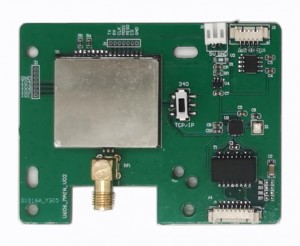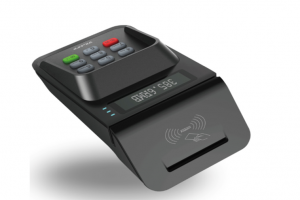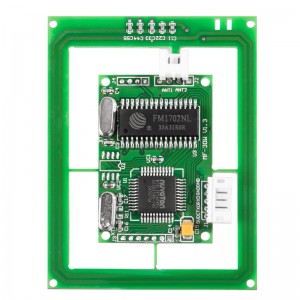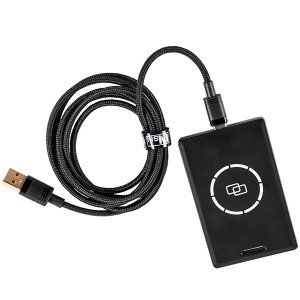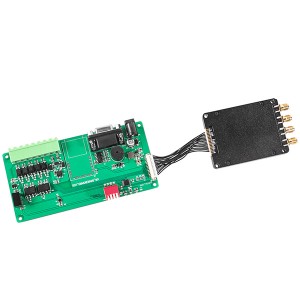Electronic product coding standards
RFID is a read-only or read-write data carrier, and the most important part of the data it carries is the unique identification number. Therefore, the unique identification system, its encoding method, and data format are important components of China's electronic label standards. Unique identification numbers are widely used in national economic activities, such as Chinese citizen ID number, organization code, national product and service unified code extension code, telephone number, vehicle identification code, international security number, etc. Although multiple national ministries have carried out a series of related research work in the field of unique identification, compared with developed countries, China's unique identification system is generally in the initial stage of development and is gradually improving.
1. Product electronic code EPC
EPC is a coding standard organized by EPC Global and coordinated by various application parties, which can achieve unique and effective identification of all physical objects (including retail goods, logistics units, containers, freight packaging, etc.). EPC is a set of numbers consisting of a version number, domain name manager, object classification, and serial number. The version number of the EPC identifies the length or type of the EPC; The domain name manager is the information describing the manufacturer related to this EPC; Object classification records information on the precise type of product; The serial number is used to uniquely identify a single item of goods. EPC and the most successfully applied commercial standard EAN The UCC Global Unified Identification System is compatible and has become EAN An important component of the UCC system is EAN The continuation and expansion of the UCC system is the core and key of the EPC system.
EAN.UCC
The EAN International Item Numbering Association was established in 1977 as a non-profit international organization based on Belgian legal provisions, headquartered in Brussels, the capital of Belgium. EAN aims to establish an internationally recognized and cross industry identification and communication standard system for products, transportation units, assets, locations, and services, known as the "Global Business Language - EAN.UCC System". The predecessor of the International EAN was the European Association for Item Numbering, which is now mainly responsible for EAN outside of North America Unified management and promotion of the UCC system. At present, its members cover more than 90 countries and regions, and about 900000 companies and enterprises worldwide have joined EAN through coding organizations in various countries or regions From the UCC system. In recent years, the international EAN has strengthened its cooperation with the United States Uniform Code Commission (UCC) and has reached two EAN/UCC alliance agreements to jointly develop and manage EAN UCC system.
3. GB 18937 (NPC)
The mandatory national standard GB 18937 "Rules for the Compilation of National Product and Service Uniform Identification Code" stipulates the scope of application, code structure, and expression of the National Product and Service Uniform Identification Code (NPC). It was promulgated by the standardization administrative department of the State Council on February 2, 2003 and officially implemented on April 16, 2003. The National Unified Product and Service Identification Code is a national product and service identification code developed in accordance with the requirements of the National Standard for the Compilation of Unified Product and Service Identification Code. It is currently used in fields such as electronic equipment, food, building materials, automobiles, petrochemicals, agriculture, and professional services. According to the general rules of assigning codes to a large number of coded objects both domestically and internationally, the national unified code for products and services is designed according to the principle of full digits, no more than fourteen digits in length, and easy maintenance and management by maintenance agencies. It consists of a thirteen digit ontology code and a one digit checksum, with the ontology code using sequential or sequential codes.



